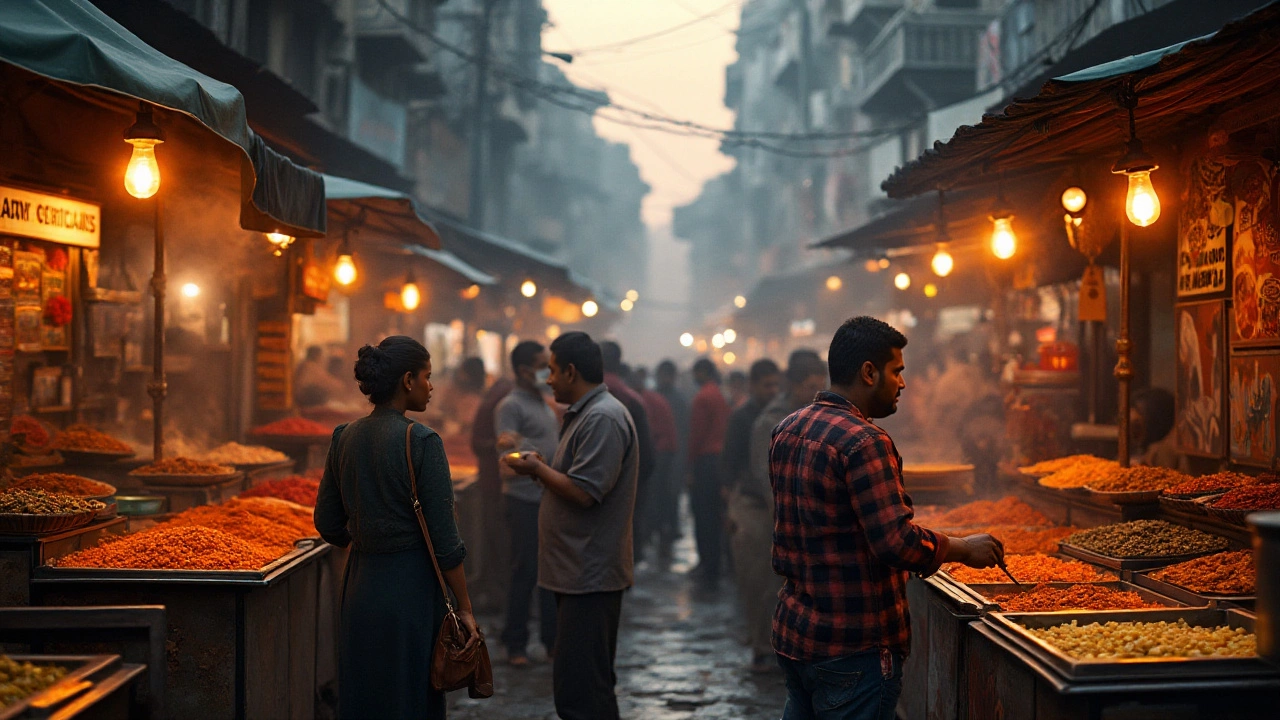Indian States: Food, Culture & Quick Guides
India isn’t just one big kitchen – it’s 28 different kitchens, each with its own flavors, spices, and stories. Want to know what makes a Kerala fry different from a Punjabi tandoor? Curious about the sweet treats you can find in Gujarat or the fiery curries of Andhra? This page gives you a fast‑track look at the culinary map of India, so you can start cooking like a local without getting lost.
First off, think of the country in four food zones: the South, the North, the West and the East. Every zone groups states that share climate, crops, and a few core spices. The South is all about coconut, tamarind, and mustard seeds. The North leans on wheat, ghee, and a lot of dairy. The West loves peanuts, sesame, and a punch of sweet‑sour flavor, while the East highlights mustard oil, poppy seeds and delicate rice dishes. Knowing this basic split helps you guess what ingredients will show up in a state’s signature dish.
Top Flavors by Region
South (Kerala, Tamil Nadu, Karnataka, Andhra Pradesh, Telangana) – Expect coconut milk, curry leaves, and black pepper. Dishes like steamed idli, spicy rasam and puliyogare (tamarind rice) are everyday staples.
North (Punjab, Haryana, Delhi, Uttar Pradesh, Rajasthan, Himachal, Jammu & Kashmir) – Wheat roti, paneer, and creamy gravies rule here. Try a butter chicken from Delhi or a dal makhani from Punjab for that rich, buttery feel.
West (Maharashtra, Gujarat, Goa, Rajasthan) – Peanut chutney, kokum, and jaggery give a sweet‑sour kick. AGoan fish curry or a Gujarati dhokla shows how the region balances tangy and sweet.
East (West Bengal, Odisha, Bihar, Jharkhand) – Mustard oil, poppy seeds, and lots of fish dominate. Little known gems like paturi (fish wrapped in banana leaf) or pakhala (fermented rice) are worth a try.
Cooking Tips for State Specials
1. Use local spices fresh. Whole spices lose aroma fast. Toast them lightly before grinding for the best flavor.
2. Match the grain. South Indian dishes usually need rice flour or parboiled rice; North dishes thrive on whole wheat flour. Swapping can change texture drastically.
3. Mind the cooking oil. Coconut oil works wonders in Kerala, while mustard oil is a must in Bengal. Don’t substitute unless you want a totally different taste.
4. Adjust heat. Many South recipes need a quick, high‑heat stir‑fry, whereas North gravies simmer slowly to develop depth.
5. Season in layers. Add spices at different stages – a pinch at the start for base flavor, then a burst near the end for a fresh kick.
Now that you’ve got the basics, pick a state that piques your curiosity and try a simple recipe. A quick Masala Dosa from Karnataka or a fluffy Litti Chokha from Bihar can be made in under an hour with just a few pantry staples. Each bite will teach you a bit about the culture, climate, and history that shaped that dish.
Got a favorite state dish you want to share? Drop a comment, experiment, and let the flavors of India travel to your kitchen. Happy cooking!
Exploring the Best Street Food in India: A State-by-State Guide
The diverse and vibrant palette of Indian street food offers something for every taste. From spicy chaats and pungent pickles to syrup-soaked sweets and robust kebabs, each state in India showcases its own unique flavors and culinary traditions. This guide explores which Indian state serves the most delectable street food, delving into local specialties and cultural influences that make these dishes stand out.
